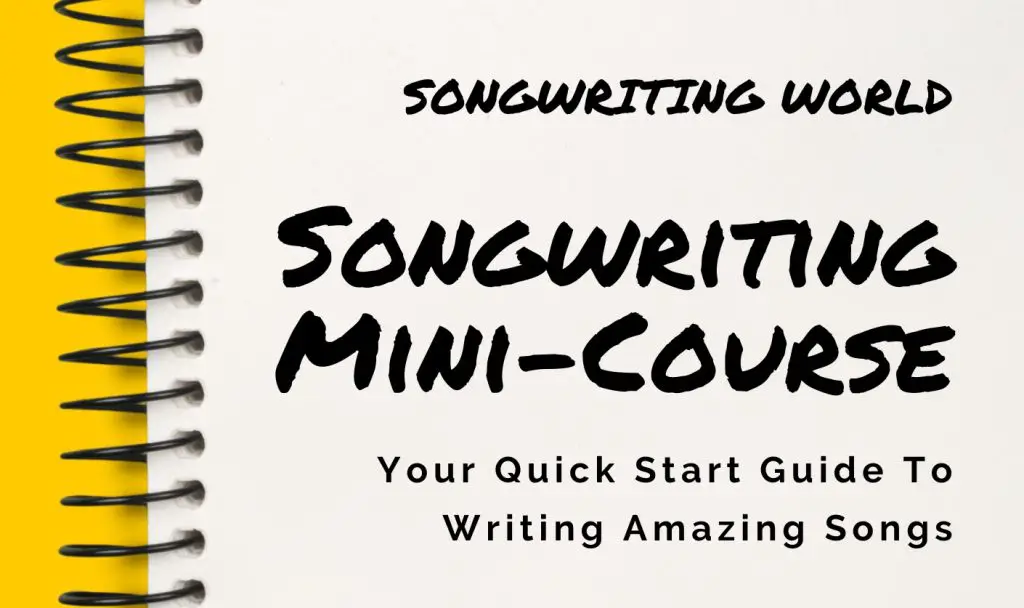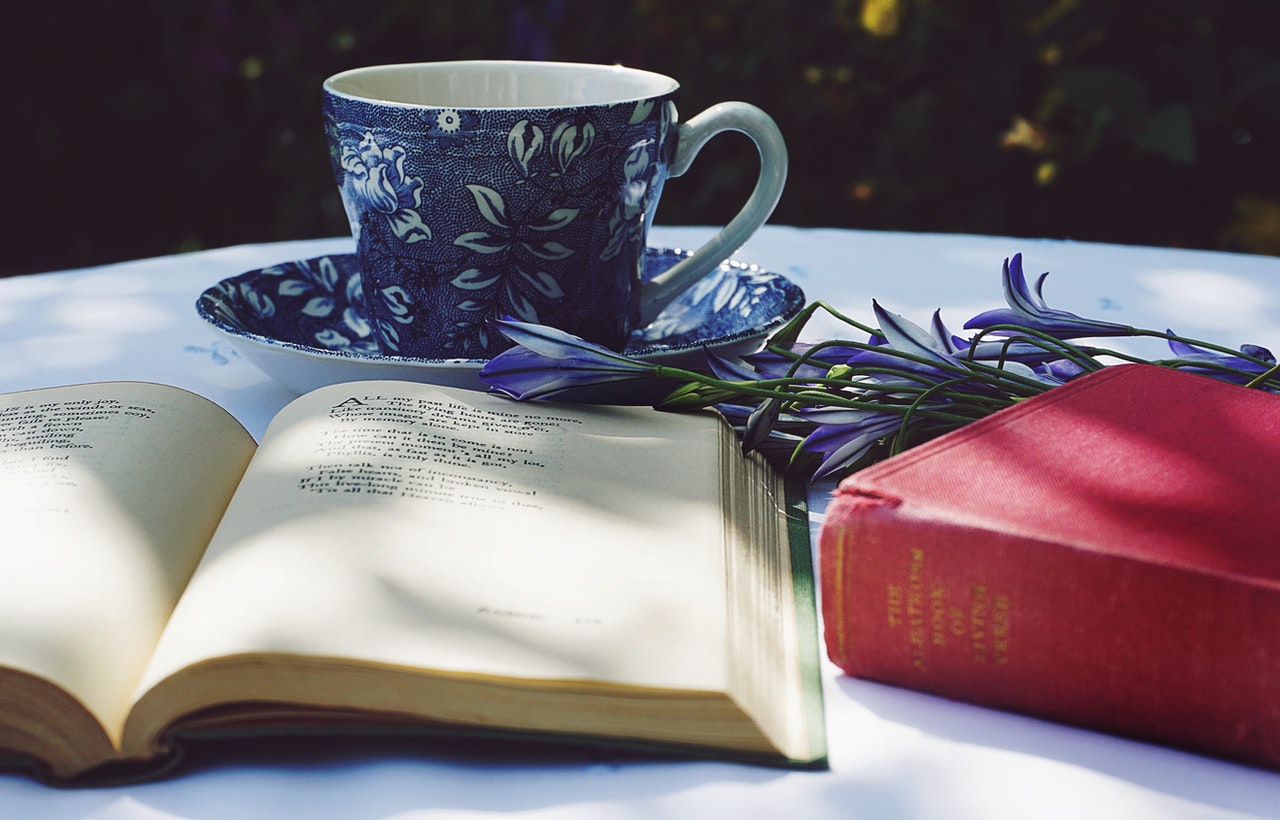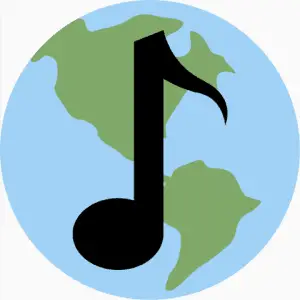

What’s the difference between songwriting and poetry? Songwriting is the process of writing lyrics and melody together to compose a song. Poetry, on the other hand, is defined as words arranged for their sound value when spoken aloud. These two forms of writing may seem similar but they are not the same thing!
Differences between Songwriting and Poetry
Songwriters write songs to be sung together with music. Poets write poems to be read aloud rather than sung. Poetry can be more flexible as it can have a syllable count or even no set rhythm. Songs are typically written with specific rhythms and rhyme schemes in mind.
Another important difference between songwriting and poetry is that poems do not usually have an accompanying melody, while most popular music does!
Similarities between Songwriting and Poetry
Both songwriting and poetry can be used to express emotions or tell a story. They can also be used to communicate a message to the reader or listener. Songwriting and poetry evoke an emotional response in the reader or listener, and they are very entertaining!
There are many famous examples of important songs and poems. They have been used to communicate important cultural, political, and social messages.
An example of a song being used to communicate an important message is “We Shall Overcome” which was sung during the Civil Rights Movement in the United States. African Americans sang this song to convey the struggles and hardships they faced as well as their hopes, dreams, and desires.
An important poem would be Pablo Neruda’s poem “I’m Explaining a Few Things.” The poet uses metaphors and imagery to describe his experiences living under a military dictatorship.
Technical parts of Poems and Songs
Songwriters and poets use many of the same technical devices to create their works. Some of these devices include:
Alliteration
Alliteration is the repetition of the same letter or sound at the beginning of adjacent words. An example would be the phrase, “Lovely lilacs lounging in the shade.”
Assonance
Assonance is the repetition of vowel sounds within words. A good example of assonance is William Shakespeare’s Sonnet 55:
“Of princes, shall outlive this powerful rhyme
But you shall shine more bright in these contents…”
Consonance
Consonance is the repetition of consonant sounds within words. For example, “Jake takes his cake to the bake-off at Tahoe Lake.”
Onomatopoeia
Onomatopoeia is the use of words that imitate the sound they represent. An example of onomatopoeia is the word “sizzle.”
Imagery
Imagery is the use of descriptive language to create a picture in the reader’s mind. An example of imagery is when a songwriter says “I feel like I’m stuck in a tar pit.” This metaphor can give the reader a picture of being stuck with no way out.
One example of imagery in a song is “Purple Rain” by Prince. The lyrics of the song paint a picture of a stormy and dark night.
Meter (or Rhythm)
Meter is a regular pattern of beats in music or poetry. It’s a way to count rhythm. Songwriters and poetry both use meter, but in different ways. It can be used in a very simple way or become very technically complex. In songwriting, rappers are known to create very sophisticated internal rhythms with their rhymes, for example.
It is the skill in organizing words into these forms that give A rhyme scheme is the pattern of rhymes used in a poem or song. Songwriters and poets both use rhyme schemes but they do it in different ways!
Structure
The way a poem or song is organized creates its structure. This includes the way lines are arranged, how paragraphs are divided, and how the poem or song is ended.
Songwriters also have structures to follow that gives the type of song its name. However, in pop music, these rules are very relaxed. Most popular songs today follow simple structures and are not rigidly classified.
Most songs typically have a chorus that is repeated several times throughout the song. The verses are usually different each time but they still follow some sort of pattern or rhyme scheme. A rhyme scheme can change from stanza to stanza, or it can change from line to line.
Structure in Poetry
Specific types of poetry have rules for how words should be arranged. There are many different types of rhyme schemes that have specific names according to their number of lines, number of syllables, and use of rhymes.
For example, haikus or sonnets have different rules of how the poem should be organized. A haiku has three lines with the first and third using a set form called an “a-b-a” structure while the second line is left unrhymed. A sonnet, on the other hand, has fourteen lines and follows a specific rhyme scheme. If the words do not follow these rules then the poem would not be a sonnet or haiku, etc.
Being able to creatively organize words according to these structures is what makes poetry interesting to listen to and challenging for the poet.
Song structures
In the same way, song structures are important to songwriters. The type of song structure used can make or break a song. The same chorus and verses, organized in a slightly different way, can make a huge difference for the listener.
There are many different types of song structures, but most songs follow one of three basic structures:
- Verse-chorus-verse (V-C-V)
- Verse-chorus (V-C) or
- Chorus-verse-chorus (C-V-C)
Structure in Different Types of Music
The clearest similarities between poetry and music can be seen in the forms of classical music.
In classical music composers also follow different forms. These can be compared to poetry (sonnets, haiku, etc.) and songwriting (V-C-V, ABABCB, etc.)
Some common forms of classical music are a symphony, sonata, fugue, or rhapsody.
Tone
The tone of a poem or song can be thought of as its “mood.” Tone can be happy, sad, angry, etc. It’s created by the words that are used and the way they are arranged.
Songwriters and poets use tone to create a feeling or type of atmosphere for their work. Tone can help set the mood for a song and it can be used to convey emotion.
Context
The context in which a poem or song is written can also affect its tone. For example, if a love poem is written on the back of a birthday card, it might have a lighter tone than if it were chiseled into a gravestone.
Similarly, the context in which a song is performed can also change its tone. For example, if a sad love song is sung by a comedian, it might be perceived as being funny.
The tone of a poem or song can be affected by many different things and it’s something that should be considered when reading or listening to them.
Meter in Songwriting
Meter is measured in music with beats. The basic traditional meter in songwriting is four beats to a measure. This would be notated as 4/4, which equals one beat per quarter note. The musicality of the composition can drastically change depending on where the stress falls within the measure.
Common examples of meter in music include ‘common time’ which is notated as 4/4, 3/2, 6/8, and 12/8. The type of meter a song uses is called its “time signature.” Different genres tend to use certain time signatures more frequently.
For example, rock music tends to be in 4/4 time because of the stress on the second and fourth beats of a measure. This gives it its “rock” feel. Waltz, on the other hand, is usually written in a 3/4 time signature because it has a recurring pattern of three beats which is a characteristic of this genre.
Meter in Poetry
Meter in poetry is usually measured using syllables, where each syllable counts as one beat. A well-known meter for English language poetry is iambic pentameter, which has ten syllables per line with five pairs of stressed and unstressed syllables. This meter is what Shakespeare’s plays are written in.
Rhyme
Rhymes are used frequently in songs to create a sense of rhythm and provide sounds that go well together. For example, you might hear lyrics with lines that in words that rhyme. The rhyme creates a sense of rhythm and meter.
Rhyming isn’t always as simple as using the same sound at the end of each word. Rhymes can be created using the sounds at the beginning or inside of words.
There are many different types of rhyme schemes used in both poems and songs. Perfect rhyme, slant rhyme, and near rhyme are all types of rhyme schemes that can be used in both poetry and songwriting.
Improve your Songwriting with Poetry
As you can see, poetry and songs have many things in common. Both use rhyme, meter, and tone to convey meaning. However, they are different in the way that they do it.
Songwriters and poets may have many different reasons for writing their work, but they do use some of the same tools.
In fact, songwriting is a great way to practice poetry. Songwriters who want to improve their ability should try studying some famous poets and vice versa.
Song lyrics can be used as poems or studied like them by looking at how words are arranged on a page and what kinds of devices are being used. When you’re reading poems aloud, it might help if you consider them more like songs.
To wrap it all up…
Poetry and songs, while they do seem very different at first glance, share a lot of the same tools and techniques.
Songs are often written with the intent to be sung or performed for other people to hear later. Poems can also be written for someone other than oneself (such as a loved one).
Both poetry and songs can be used to express ourselves. Sometimes we will write songs to help us express ourselves in a way that words cannot. Sometimes we will write poems to help us express ourselves in a way that music cannot.
In the end, both songwriting and poetry are ways that we can communicate our thoughts and feelings to others!
The two main differences between songwriting and poetry are that songwriters write lyrics and melody together to compose a song while poets will arrange words on paper according to metrical rules for their sound value when spoken aloud.
